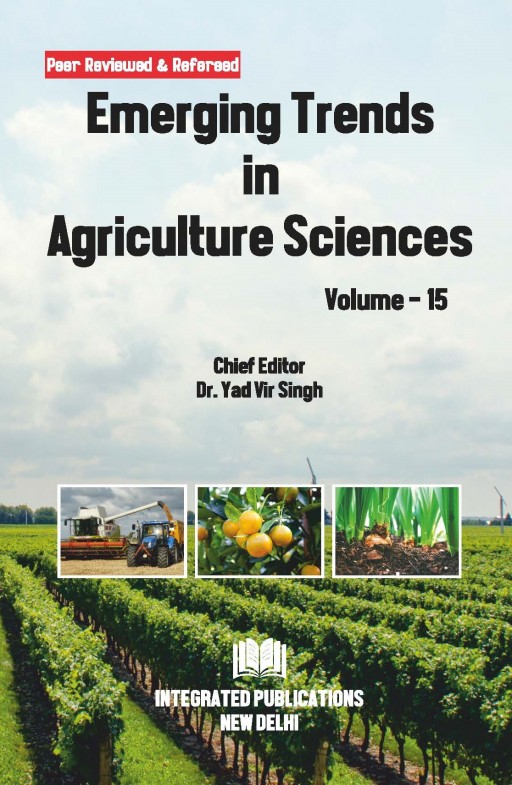Site Specific Nutrient Management (SSNM) is a way of providing nutrients to plants in order to meet their inherent spatial and temporal nutritional needs. It makes use of a number of SSNM equipment, including as remote sensing, GPS, GIS systems, VRT and yield monitoring. Under-fertilization in horticultural crops can reduce yield, while over-fertilization can harm the environment. Because to the invention of SSNM, it is now possible to employ prescription fertiliser applications to control soil nutrient variations over a field. Stress management is another area where SSNM could help Indian farmers. The bulk of cultivated soils in India are acidic, with significant pH fluctuation across the country. Using remote sensing to assess nutrient issues and integrating data in a GIS can help with site-specific fertiliser and soil amendment applications. As a result, fertiliser use efficiency would increase and nutrient losses would decrease. Although SSNM is still in its infancy in India, there are various opportunities for adoption. The technology has enormous potential, especially in high-value crops. Coordination between the public and commercial sectors, as well as growers, is therefore vital to the success of such programmes.
Copyright information
© Integrated Publications.

